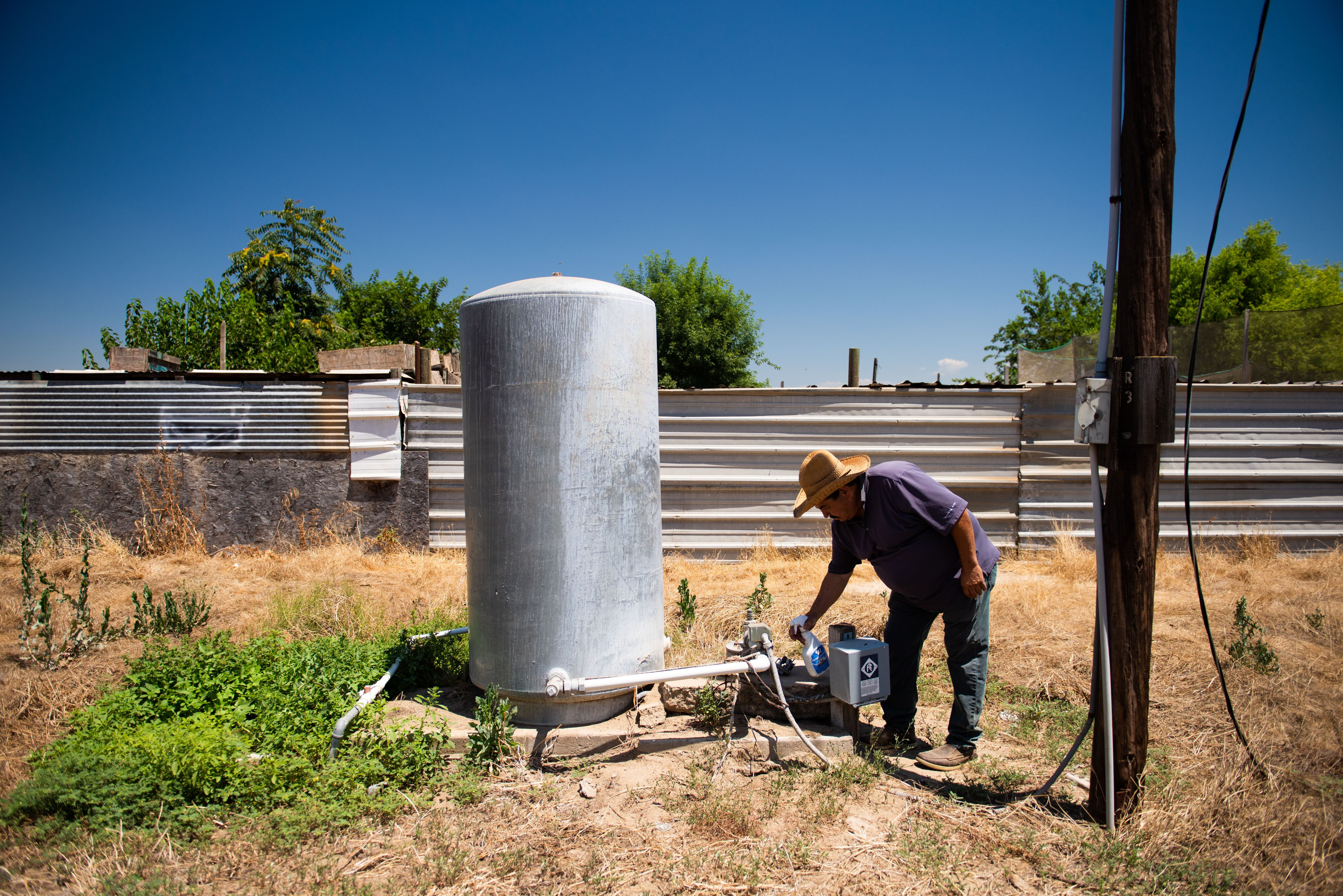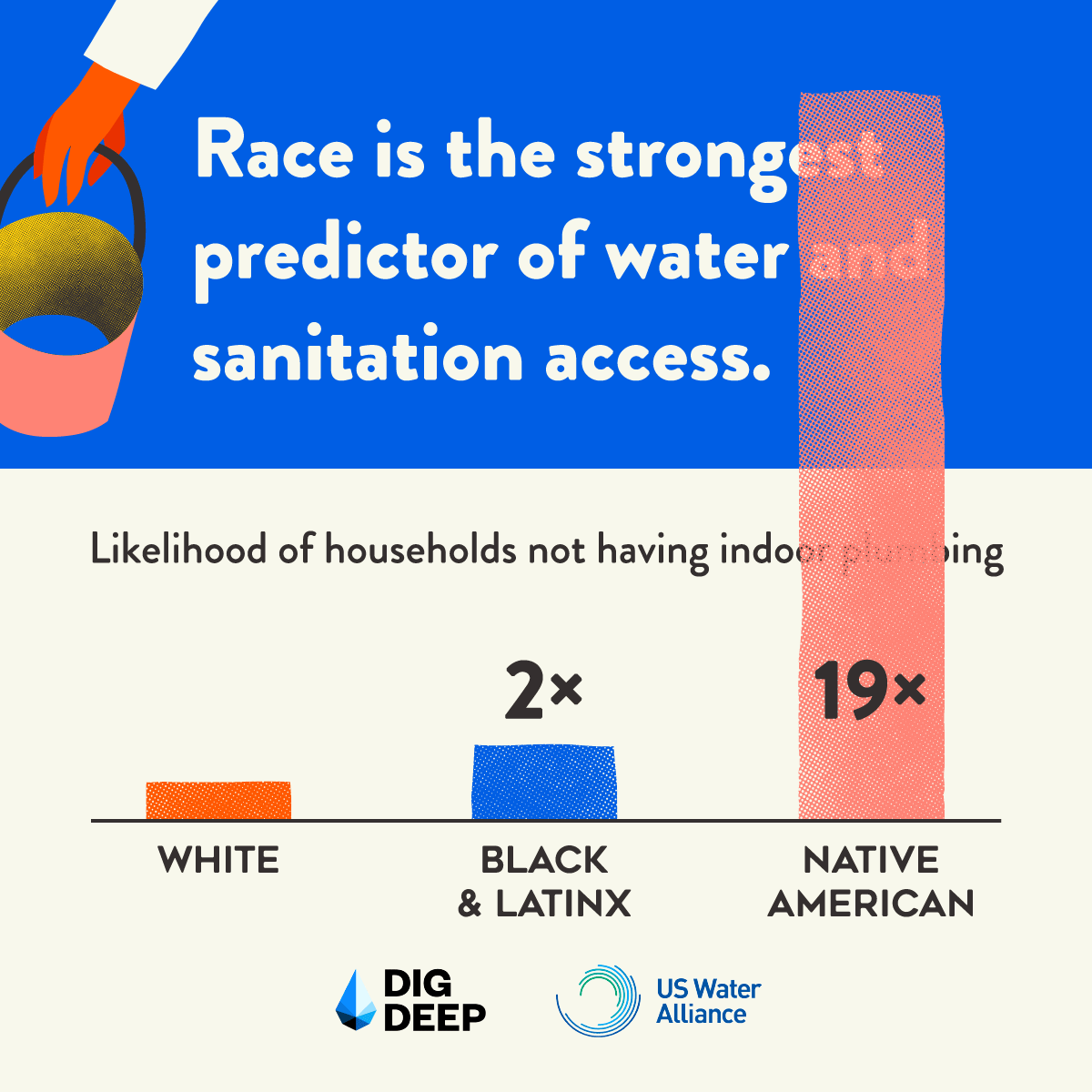Closing the Water Access Gap in the United States

Challenge
Access to safe, clean water is supposed to be a given in the United States—except that 2 million people across the country don’t have it. They live without running water in their homes and basic indoor plumbing, many more live without sanitation.
A report released in fall 2019, “Closing the Water Access Gap in the United States: A National Action Plan,” from DigDeep and the US Water Alliance, shone a light on this public health crisis for the first time, uncovering stark inequities in water access. It found that every state has small pockets of entire communities that lack access to clean water and safe sanitation.
On-the-ground researchers saw how these inequities disproportionately affect the daily lives of people with low incomes in rural areas and people in communities of color. For example:
On the Navajo Nation, families drive for hours to haul barrels of water to meet their basic needs.
In West Virginia, people drink from polluted streams.
In Alabama, parents warn their children not to play outside because their yards are flooded with sewage.
Our Approach
Burness worked with DigDeep and the Robert Wood Johnson Foundation, which co-funded the report, to bring attention to this overlooked crisis and build support for solutions outlined in the report.

Results and Impact
Media coverage included The Washington Post, National Public Radio, Newsweek and NBC Latino. Burness also produced a short video to promote the report and its recommendations.
In addition, Burness helped get this op-ed by DigDeep Founder George McGraw published in the New York Times.
Everyone, regardless of where they live, should be able to turn on the tap and flush their toilet without a second thought, knowing that they have safe, reliable services. This crisis didn’t happen overnight, and it will take time to solve it—but it can be solved. We can close the water access gap in our lifetimes.